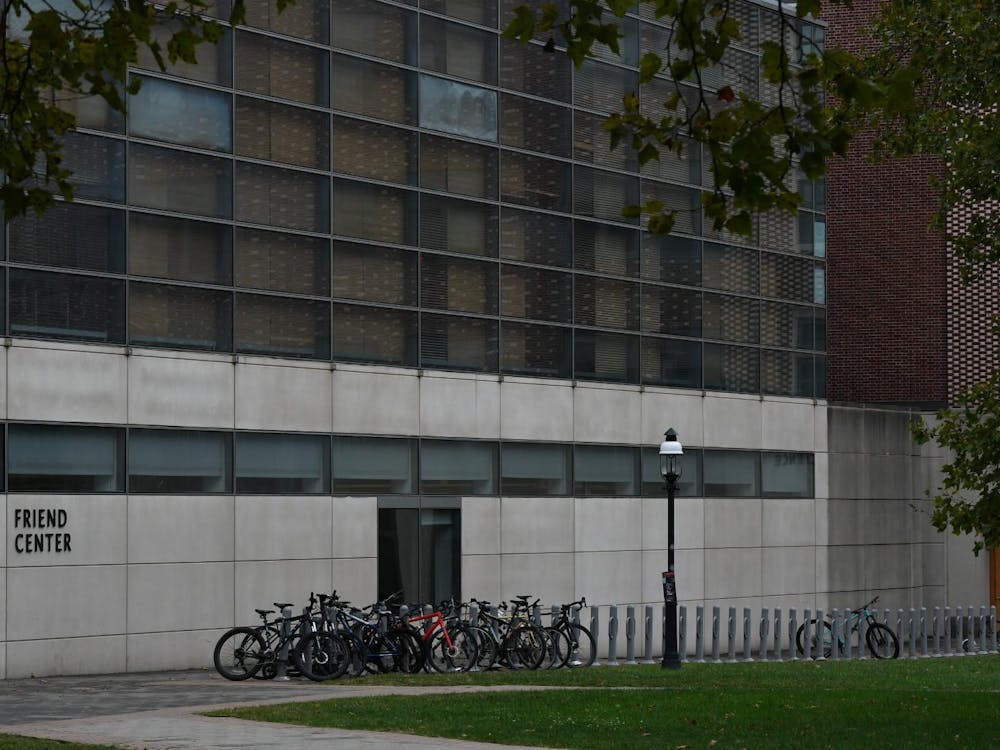Rising from a lawn shared with the Springdale Golf Club, the Graduate College has become a mysterious building that eludes undergraduates, situated so far from the rest of the University that most would describe it as off-campus.
The building is widely regarded as one of the finest examples of collegiate gothic in the United States, and after its dedication in 1913, it became the first university-sponsored residential system for graduate students in America, according to the Graduate College’swebsite. However,the website won’t tell you about the tense administrative conflict that fractured the authority of then-University president Woodrow Wilson, Class of 1879, over the school and created the Graduate College as we see it today.
According to historian W. Barksdale Maynard ’88, Woodrow Wilson had intended the Graduate College to be built between Prospect House and 1879 Hall so that graduate students could help to educate and inspire undergraduates. However, Andrew West, Class of 1874, the first dean of the Graduate School, wanted the Graduate College to be built far from the distractions of the undergraduate social scene.
“Dean West did not want graduate students to be influenced by the eating clubs,” Maynard explained, noting that Wilson’s favored location was in close proximity to Prospect Avenue. “There came to be a tremendous power struggle between Wilson and West.”
According to Maynard, West won the battle to break ground on the periphery of campus by convincing wealthy alumnus Isaac Wyman, Class of 1848, to donate most of his estate to the University — but only if it were used to construct the Graduate College under West’s conditions.Maynard added that the quarrel inflicted great damage to Wilson’s academic career and ultimately factored into his quick resignation from the University presidency and the pursuit of a political career.
“The fight for the Graduate College changed the world,” Maynard noted. “By getting Wilson into politics, we are still living with the legacy of the Graduate College decision.“
But conflicts surrounding the building’s construction would persist, according to Michael Mills ’73, an architect at Mills + Schnoering who has worked on numerous Graduate College renovation projects. West contended Ralph Adams Cram, the University’s consulting architect in charge of the construction of the Graduate College, spent too long building the tower. To complicate matters, Cram himself disagreed with the ideas of Beatrix Farrand, the project’s self-described “landscape gardener.”
According to University Coordinating Architect Daniel Casey, Farrand and Cram clashed over the tree plantings along College Road. Farrand wanted a line of evergreen trees to create a sense of expectation and arrival, while Cram sought an unobstructed sightline. A walk along the road into the Graduate College will show you that, eventually, Farrand’s idea won out.
Despite all of the administrative discord, the Graduate College became a spectacular example of American Gothic Revival architecture, featuring the Parliament-inspired Proctor Hall, as well as Cleveland Tower, a national memorial to President Grover Cleveland, who moved to Princeton permanently after the end of his term.
“Cleveland Tower was meant to be the equivalent of the Washington Monument … Cleveland was the Bill Clinton of the day,” Maynard said. “Schoolchildren gave pennies all across the country” to contribute to the University’s funding for the tower’s construction.
Cleveland was also a trustee of Princeton and a friend of West, which helped make for the unusual arrangement of a national presidential memorial on campus, according to Casey.Despite often disregarding the Graduate College due to its remote location, it is one of the most beautiful buildings on campus.
“The fact that you approach it from a long path on campus … [makes it] more like a monastery. West intended it that way,” said Mills. “It’s a masterpiece of Gothic collegiate design.”









